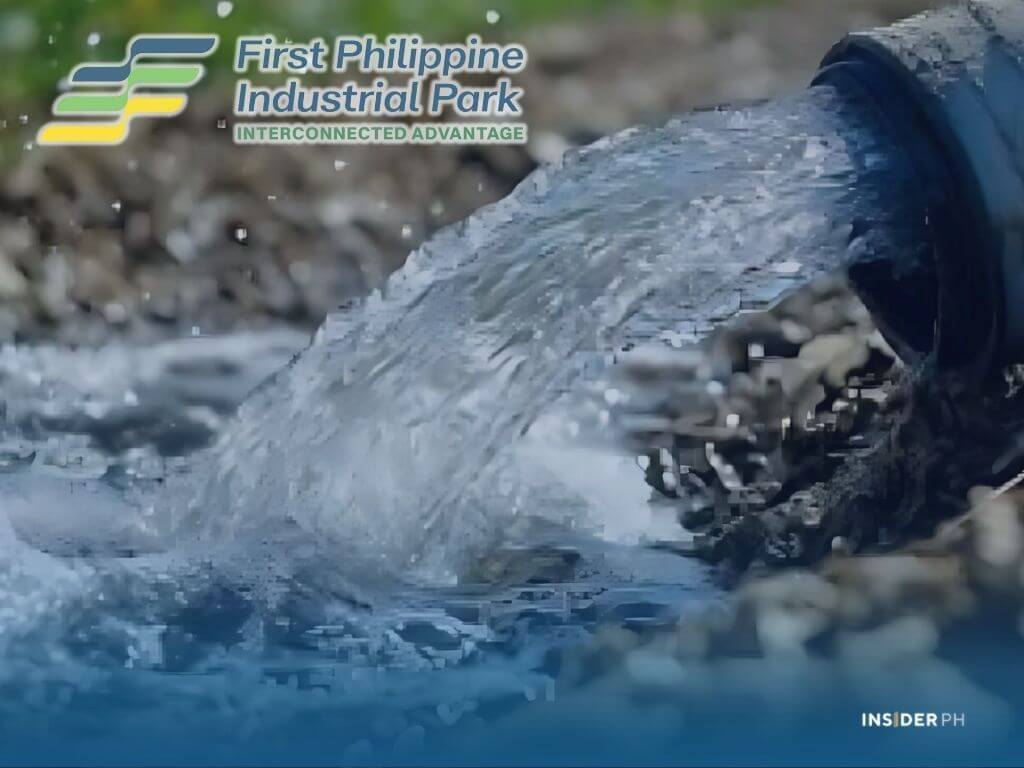

Engr. Jeremaine Esguerra, head of FPIP’s water division and concurrent chief of FPIP Utilities Inc. (FUI), issued the warning during a recent forum in Manila organized by the Philippine Economic Zone Authority (PEZA), United Nations Development Programme Philippines, and FutureWater Asia.
“Groundwater, which used to be abundant, is now in decline in terms of quality and quantity. And this is all because of aquifer overuse, volcanic activity, and poor sanitation in surrounding areas,” Esguerra said.
Why it matters
Esguerra highlighted that water scarcity is now a serious national concern, threatening industries, communities, and ecosystems. Overreliance on groundwater, she explained, has led to dangerous side effects such as:
Land subsidence that can damage infrastructure.
Saltwater intrusion contaminating drinking water sources.
Reduction of surface water supplies needed for irrigation, putting farm production at risk.
“Groundwater extraction has been a widespread practice because it seems the easiest and most accessible solution. But we have come to realize the harm it inflicts not just on business in the short term, but also on the environment in the long run,” she said.
FPIP’s response: River water treatment facility
To counter these risks, FPIP is investing heavily in sustainable water infrastructure. Within its 600-hectare ecozone in Santo Tomas and Tanauan, Batangas, FUI has broken ground on a state-of-the-art river water treatment facility that will tap the San Juan River, one of the tributaries of Laguna de Bay, instead of extracting from underground sources.
Capacity: Up to 20 million liters per day (MLD), enough to supply the ecozone’s more than 80,000 employees.
Technology: Advanced filtration to remove particles, impurities, and pathogens.
Timeline: Targeted for completion in November 2025.
Construction partner: First Balfour, the Lopez Group’s engineering arm.
“This project is our way of regenerating resources and ensuring water for both present and future generations,” Esguerra said.
Bigger picture: Circular water and sustainability
Esguerra pushed for water circularity as the long-term solution, calling for practices that minimize waste and maximize reuse. FPIP’s P4-billion integrated water management master plan reflects this philosophy, with initiatives such as:
Integrating solar power into the treatment facility.
Turning invasive water hyacinths into biodegradable materials for water remediation.
Promoting rainwater reuse for industrial and environmental applications.
“FPIP’s river water treatment facility is part of our sustainability roadmap and a key step in our commitment to regeneration and decarbonization, aligned with the Lopez Group’s mission,” she stressed.
Regulatory green light
The Department of Environment and Natural Resources–Environmental Management Bureau has granted FPIP an environmental compliance certificate and the rights to treat water from the San Juan River, ensuring the project complies with national standards for resource use and environmental safeguards.
The bottom line
By shifting away from groundwater extraction, FPIP is not only securing a sustainable water supply for its 150 locators and their employees, but also setting an example for other industrial zones facing the same pressures.
Esguerra’s warning underscores the urgent need for industries to rethink their reliance on groundwater before environmental degradation and economic costs escalate further. —Ed: Corrie S. Narisma